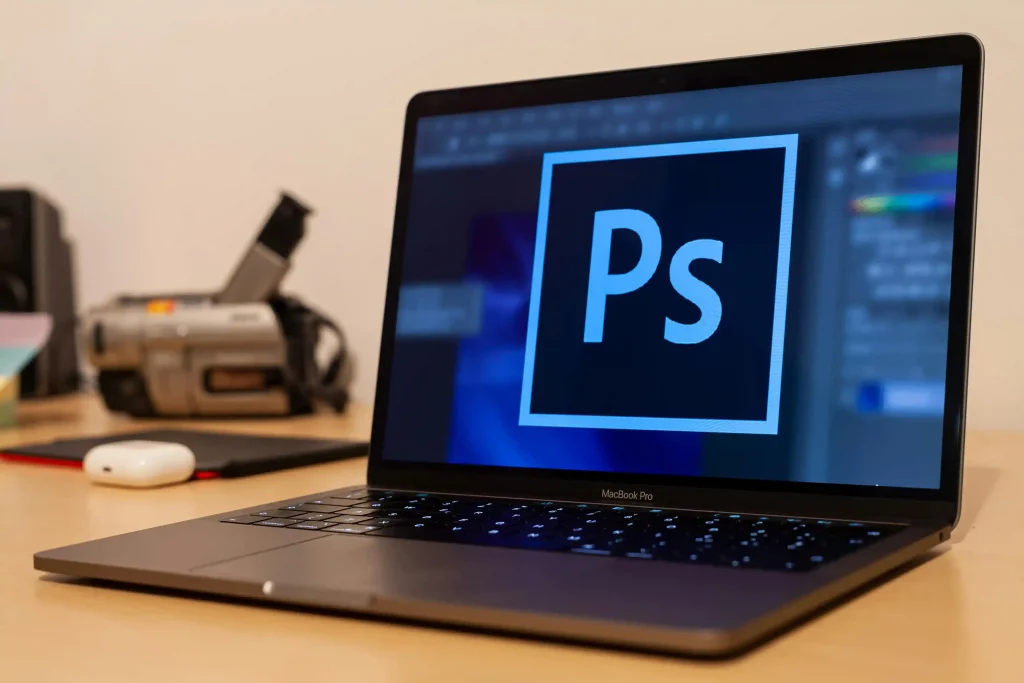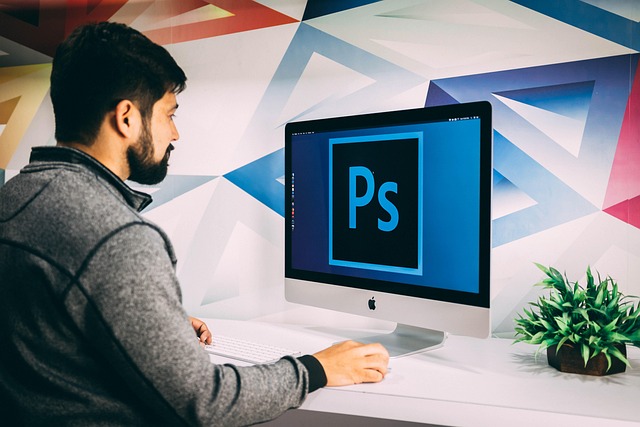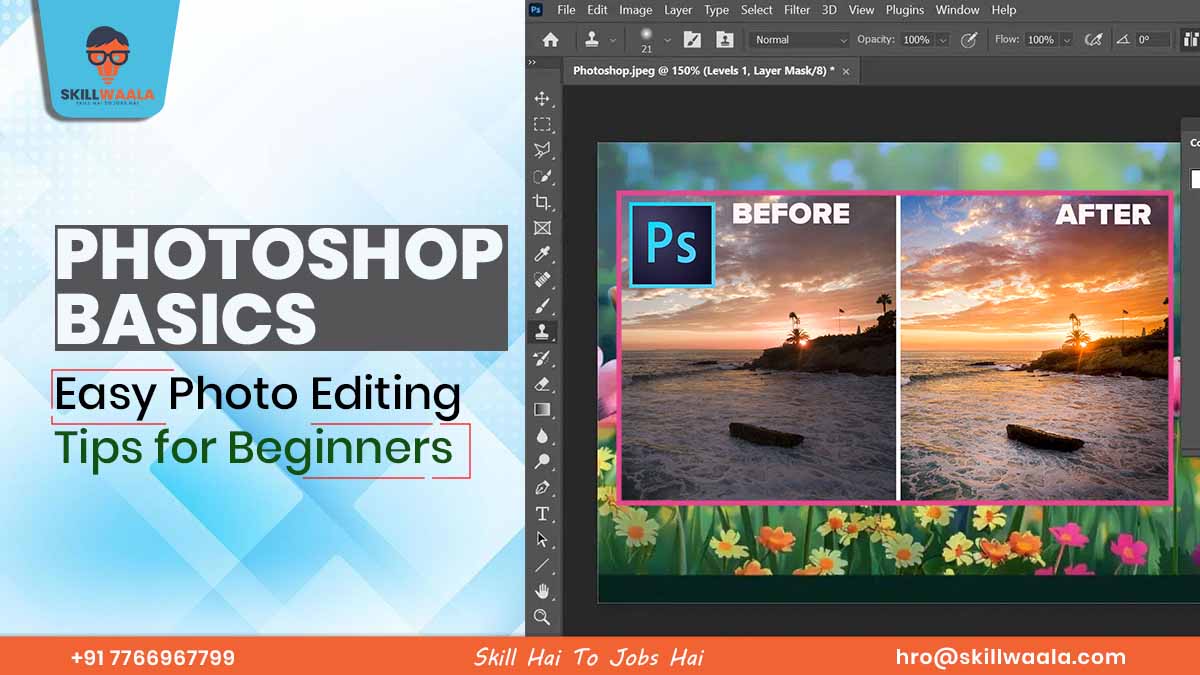Photoshop Basics: Easy Photo Editing Tips for Beginners
In the digital age where we are bombarded with digital media, the ability to edit photos is an essential skill. For both casual photographers and aspiring professionals, learning how to effectively enhance photos is a great skill that will come in handy. Whether you are capturing memories on your phone or creating content for social media, photo editing can help elevate the quality of your images.
Nowadays, photo editing is not just for professionals. It is a useful skill for anyone who wants to improve their images. With the right editing tools, you can correct flaws, adjust lighting, and improve colors. And for learning this interesting course to know all these features, then enroll to skillwaala’s free graphic designing course that will boom your career in future.
In this blog, we will cover the basics of photo editing techniques that will help you enhance your photos and get the best out of your images.
Crop, Resize, & Rotate Images: The Basics of Composition
Let’s start from the basics and learn how to crop, resize, and rotate your images.
Cropping for Better Composition
Cropping is often the first step in photo editing. It allows you to cut out unnecessary parts of an image, focusing the viewer’s attention on the subject. Cropping can also help you apply the Rule of Thirds, a principle that makes your photo more balanced and visually appealing.
Note: Rule of Thirds is a photography composition guideline where you divide your image into nine equal sections using two horizontal and two vertical lines. The subject should be placed on one of these lines or at their intersections, creating a visually balanced composition.
How to Crop?
- Open your Image in Adobe Photoshop.
- Select the Crop Tool
Click and drag the corners of the crop box to select the area you want to keep. - Use the Rule of Thirds grid for better composition by aligning the key elements along the gridlines.
- Once you are satisfied, you can save the changes
Also Read – Basics of Photoshop: Selection Tools and Layers
Resizing for Different Purposes
When preparing photos for different platforms, you may need to resize them. Mobile screens and desktop screens are different in size. Just like that, a phone wallpaper would not fit a laptop screen.
Resizing ensures that your images display correctly across various devices, websites, or social media platforms. Be sure to keep the aspect ratio intact to avoid distortion.
How to Resize?
- Open the Image in Photoshop
- Navigate to the Image menu at the top and select Image Size or equivalent
- A pop-up window will appear. Ensure the Constrain Proportions box is checked to keep the aspect ratio intact
- Enter the desired width or height (in pixels or inches) for your image.
- Press OK to resize your image.

Rotating to Align the Photo
Sometimes, your photo might need a small adjustment to align the image properly. Using the rotate tool allows you to fix tilted photos and make them look more professional.
- Open the image
- From the menu, select Image > Rotate
- Choose the angle (90°, 180°, 270°) or enter a custom angle for the rotation.
- Apply the rotation and save the image when satisfied.
Adjusting Brightness, Contrast & Exposure: Mastering Light
How to Adjust Brightness?
Brightness controls the overall lightness or darkness of your image. If the photo appears too dark(underexposed) or too bright (overexposed), adjusting the brightness can help fix that. Use this tool to make your photo clearer and more vibrant.
- Open the image and go to Image > Adjustments > Brightness/Contrast
- A slider for Brightness will appear. Move the slider to the left (darker) or light (lighter) to adjust brightness.
- Click OK when you are satisfied with the result
How to Adjust Contrast?
Contrast determines the difference between the light and dark areas of the photo. Increasing the contrast can add drama to your image, while decreasing it can create a softer, more even tone. The key is to find the right balance that enhances your image.
- Open the image and go to Image > Adjustments > Brightness/ Contrast.
- Move the Contrast slider left to decrease contrast (softer) or right to increase contrast (more vivid).
- Click OK to apply
Also Read – Introduction to Photoshop: Basics and Navigation
Exposure Correction
Exposure is a crucial factor in photo editing. A photo that is too dark or too bright can lose important details. Adjusting exposure ensures that the light is well-balanced, helping you achieve a natural look.
- Open the image and go to Image > Adjustments > Exposure
- Adjust the Exposure slider to correct underexposed or overexposed areas. Increasing exposure brightens the image while decreasing exposure darkens it.
- Adjust the Offset and Gamma Correction sliders if needed.
- Click OK to apply.
Levels and Curves
Levels and curves allow you to make more detailed adjustments to the tonal range of your photo. Levels let you adjust the shadows, mid-tones, and highlights. And the curves provide you with even more control for fine-tuning exposure and contrast across the image.
- Open the Image and go to Image > Adjustments > Levels or Curves
- Levels: Adjust the three sliders for shadows, mid-tones, and highlights to improve brightness and contrast
- Curves: Click on the curve and drag it to adjust the tonal range and contrast.
- Click OK to apply.

Color Correction: Perfecting the Tones
Adjusting Hue and Saturation
The Hue tool changes the overall color tone of the image, while Saturation controls how intense the colors appear. If your photo looks too dull or too bright, these sliders allow you to find the right color balance.
- Open the Image and navigate to Image > Adjustments > Hue/Saturation.
- Move the Hue slider to change the overall color tone of the image.
- Adjust the Saturation slider to control the intensity of the colors
- Click OK to apply changes
Using Color Balance for Accurate Colors
Color Balance helps adjust the color temperature of the image. If your photo has an unnatural yellow, blue, or green tint, this tool allows you to bring it back to a more natural look.
- Open the Image and go to Image > Adjustments > Color Balance.
- Adjust the Shadows, Midtones, and Highlight sliders for the Cyan/Red, Magenta/Green, and Yellow/Blue to correct color issues.
- Click OK to apply changes
Selective Color for Focused Adjustments
Selective color adjustments let you target specific colors in the image and modify their saturation, lightness, and hue. This feature is perfect for enhancing specific elements in the photo without affecting the entire image.
- Open your Image and go to Image > Adjustments > Selective Color.
- Select the color range you want to adjust
- Adjust the sliders for Cyan, Magenta, Yellow, and Black to fine-tune specific colors.
- Click OK to save changes
White Balance: Correcting Lighting Issues
Now, let’s understand white balance and how it affects our images.
What is White Balance?
White balance ensures that your image has accurate color tones, especially when taken under different lighting conditions. Artificial lighting, like fluorescent lights, can often create an unnatural color cast in photos.
How to Adjust White Balance?
- Open your image and go to Image > Adjustments > Color Balance or Photo Filter
- If using Color Balance, adjust the Shadows and Midtones, and Highlights sliders to correct color casts
- Alternatively, use the Photo Filter to apply a warming or coding filter to balance the color temperature
Sharpening for Enhanced Clarity
Now, let’s understand why sharpening is important and which tools are used for it.
Why is Sharpening Important?
Sharpening helps make the details in your image clearer and crisper. It is especially useful for photos that appear soft and blurry. By applying sharpening, you can improve the clarity of textures, edges, and fine details.
Popular sharpening tools like Unsharp Mask and Smart Sharpen can be used for sharpening.
Using Unsharp Mask for Sharpening
- Open your image and go to Filter > Sharpen > Unsharp Mask
- Adjust the Amount, Radius, and Threshold sliders. A higher Amount sharpens edges, and the Radius affects how much the surrounding area is sharpened.
- Click OK to apply
Using Smart Sharpen
- Open your image and navigate to Filter > Sharpen > Smart Sharpen.
- Adjust the sliders for Amount, Radius, and Reduce Noise to sharpen the image without introducing noise.
- Click OK to apply

Noise Reduction: Smooth Grainy Images
Understanding noise and how to reduce it is crucial to elevate the quality of your images.
What is Digital Noise?
Low-light photos often come with visible digital noise or grain, which can detract from the overall quality. Noise reduction helps remove this grain, making your photos smoother.
- Open the image and go to Filter > Noise > Reduce Noise
- In the pop-up window, adjust the Strengths slider to reduce the noise.
- Use the Preserve Details slider to keep the important details in the image intact
- Click OK to apply
What is Vignette and How to Apply?
A vignette is a subtle darkening of the image’s edges, which helps guide the viewer’s attention to the center of the photo. This effect can add a professional touch to portraits, product photos, and landscape images.
- Open the image and go to Filter > Lens Correction.
- In the Lens Correction menu, click on the Custom tab.
- Under Vignette, adjust the Amount slider to darken the edges and the Midpoint slider to control how far the vignette extends into the image.
- Click OK to apply
Blurring and Focus Effects: Artistic Adjustments
Blur is often used to create depth in a photo by softening the background or foreground. This technique is commonly used in portrait photography to keep the focus on the subject while blurring distractions in the background.
Types of Blur Effects
Different types of blur effects, such as Gaussian Blur or Lens Blur, can be used to add artistic elements to your image. You can also use selective focus to blur out certain areas while keeping the main subject sharp.
Using Gaussian Blur
- Open your image and go to Filter > Blur > Gaussian Blur
- Adjust the Radius slider to control the strength of the blur
- Click OK to apply
Using Lens Blur
- Open your image and go to Filter > Blur Gallery > Lens Blur
- Use the sliders to adjust the Blur Focal Distance and Blur Amount
- Click OK to apply
Healing Brush Tool and Patch Tool: Create a Clean Image
Photos often come with small imperfections like dust on the lens, minor blemishes, or distractions in the background. You can use tools like the Healing Brush and Patch Tool to remove them seamlessly.
Using the Healing Brush Tool
- Select the Healing Brush Tool from the toolbar (Shortcut: J)
- Hold the Alt key and click on a clean area to sample the texture
- Paint over the imperfection you want to remove. The Healing Brush will blend the sampled texture with the surrounding area
- Repeat for every imperfection.
Using the Patch Tool
- Select the Patch Tool from the toolbar
- Draw a selection around the imperfection
- Drag the selection to an area that looks similar to the background.
- Release to apply the patch.
Final Words
Photo editing does not have to be complicated. By learning and practicing these basic techniques, you can transform your photos and make them look professional. Whether you are editing for personal use, social media, or professional work, mastering these editing skills will elevate your photography. The key to good editing is practice. Experiment with the different tools and adjustments you will be editing like a pro.
If you are interested in learning Photoshop and mastering the art of photo editing, you can enroll in Skillwaala’s free animation course where we break down the basics of Photoshop and encourage learners to start their graphic designing journey.


